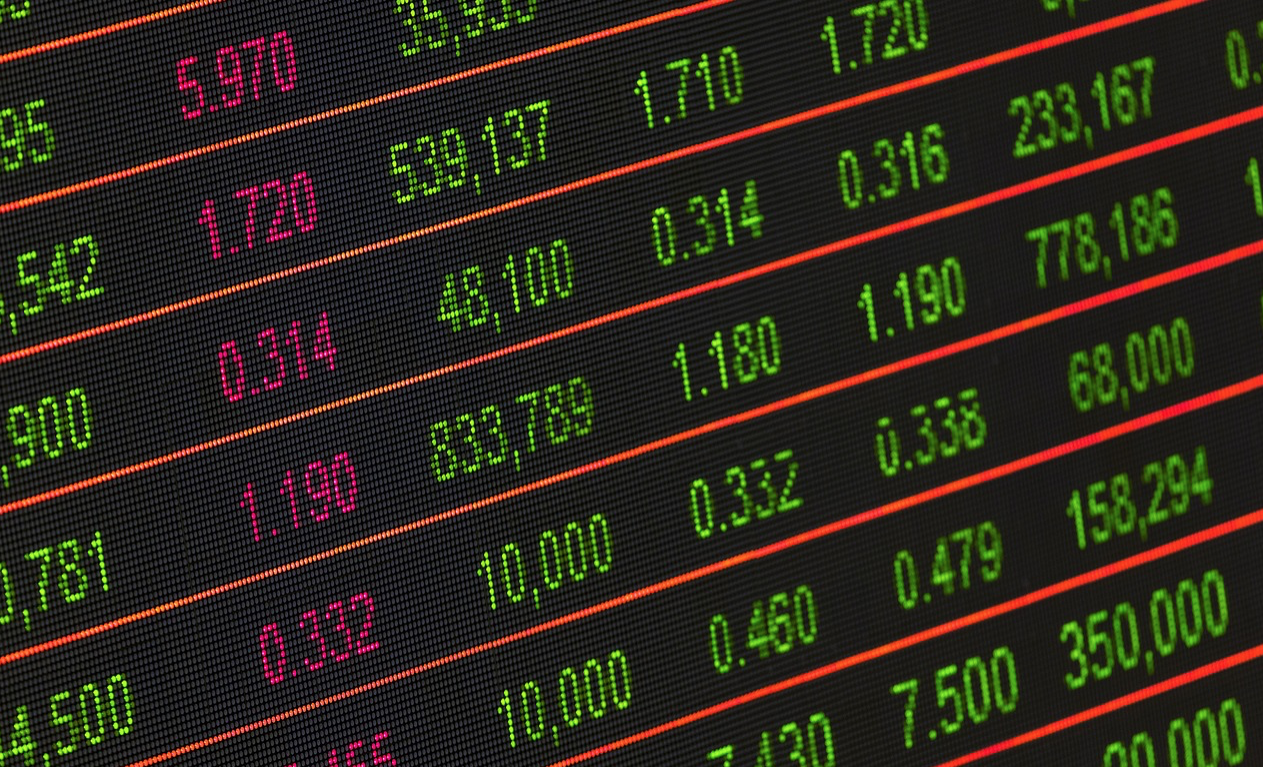Black Friday time also on the markets?

Black Friday also brings some "discount" on the mood of the markets. US inflation was weaker than expected, the discount on both "core" and "headline" readings surprised the markets favorably. The market wants to restart, the consumer sector did not shine in the recovery achieved in October by the price lists (also due to the absence of the Chinese consumer) but it shows interesting valuations. The analysis by Carlo Benetti, Market Specialist of GAM (Italia) SGR
This year's Black Friday closes a complicated period, in the last eleven months the black balls have far exceeded the white ones, the Metaphysician of the Operette Morali would say, the energy crisis and the war have also weighed on the propensity to consume.
On Thanksgiving Day, American families experienced the effects of inflation first-hand, according to the American Farm Bureau Federation, this year's holiday lunch cost 20% more than last year. Inflation confirms its nature as an "unfair tax" because it is weighing on the poorest families and people: in 2022 the budgets of the 20% of families with the lowest incomes decreased by 65%.
The survey of the price increase in October seems to indicate a slowdown, on the other hand the good tone of the labor market has not reduced the propensity to spend, the American consumer remains the protagonist of economic growth.
No spending data from the long shopping weekend is yet available at the time of writing, from Black Friday to Cyber Monday today, third-quarter data shows that consumer spending, by far the largest component of domestic product American gross once again confirmed its astonishing strength. Estimates from the Bureau of Economic Analysis show an increase in inflation-adjusted personal consumption spending of 1.4% annually.
If anything, this year, more than in past years, the gap has emerged between the many who seek the “bargain” and the most attractive discounts and the other end of the consumer spectrum, the big spenders who have made New York the most expensive city for luxury shopping. Purchases of high-end goods have a special place in the consumer sector, the long shadows of the economic slowdown do not change the spending power of this consumer segment and the quarterly results confirm the sector's positive momentum.
Thanks to the strength of the greenback, American consumers are moving towards the experiential luxury of long-haul travel, while the highest income brackets continue to benefit from the extra savings accumulated during periods of mobility restrictions.
The great absentee is China. American tourists have returned, but Chinese tourists are missing who, together with the former, are the most spendthrift in the world. The Chinese "affluent" middle class was the great novelty of the decade, the demonstrated spending capacity was a real "game changer", now the market is wondering how much Chinese tourists will return. It is possible that the turning point will occur during the first half of 2023, partly due to the thrust of popular protests against the pressure of the lockdowns, partly due to the need to gradually return to the normalization of economic activity.
The market has not changed expectations even in companies whose numbers have been higher than expected, valuations therefore remain interesting, "after reaching the peak of revenues and margins in 2021, the luxury sector has depreciated by around 30" writes Swetha Ramachandran, highlighting "a 20% discount compared to its five-year average". In other words, the portfolio's Black Friday takeaway is that the luxury sector remains a reliable diversification candidate with at least three strengths in its favor:
1. in an inflationary context, it defends real returns thanks to the "pricing power" of companies that can transfer the increase in costs to price lists without fear of compromising turnover;
2. Valuations show good balance between growth and profitability, the sector trades at a steep discount to five-year average multiples;
3. Strong balance sheets: traditionally the consumer sector, and niche consumers, benefits from considerable liquidity which allows it to manage the use of financing.
Black Friday also brings some "discount" on the mood of the markets. US inflation was weaker than expected, the discount on both "core" and "headline" readings surprised the markets favorably. Expectations on the Ukrainian front are improving: the clashes remain bloody, the death toll unbearable, but diplomacy is at work to avert a winter of war.
The market wants to restart, the consumer sector did not shine in the recovery achieved in October by the lists (also due to the absence of the Chinese consumer), driven above all by "value" stocks, energy and industrial, but it presents itself with interesting evaluations. The dynamics to keep an eye on are still the Federal Reserve and China, as it intends to guide and scale the reopening process.
This is a machine translation from Italian language of a post published on Start Magazine at the URL https://www.startmag.it/economia/tempo-di-black-friday-anche-sui-mercati/ on Sat, 03 Dec 2022 07:03:46 +0000.
